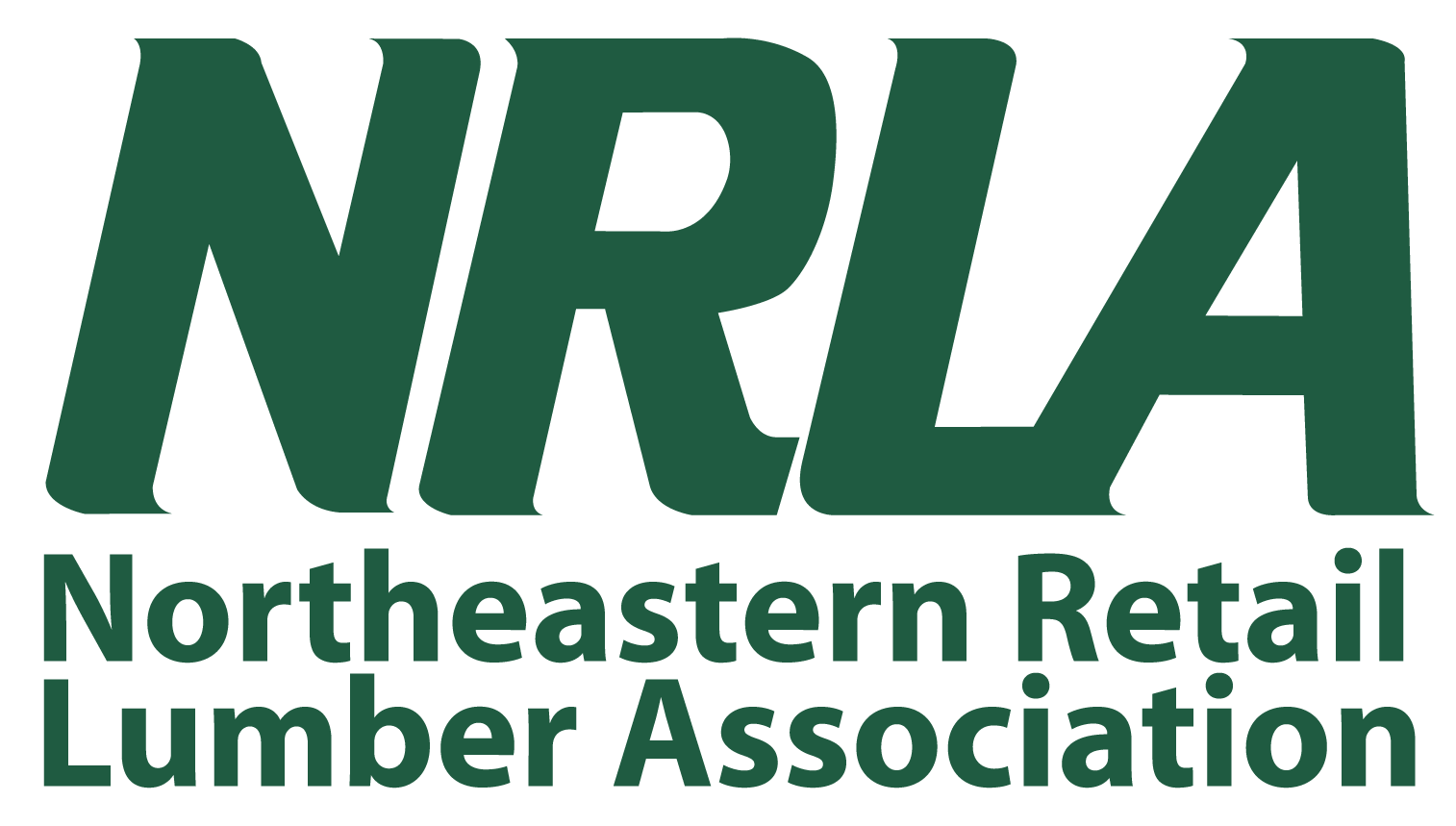The term “onboarding” is often tossed around in the HR world, but not everyone knows what it is or how to do it. In basic terms, onboarding is the process of getting new hires acclimated to their new roles. It includes setting clear guidelines for performance and company culture and sharing the knowledge necessary for success within an organization.
Onboarding takes training and orientation to the next level. Unlike traditional employee orientation, onboarding is a systematic process that extends well beyond the first day of employment. The goal of the process is to cultivate a long-term relationship between the employer and the employee while fostering a feeling of belonging and of making the right career choice.
Every business is different, so there is no universal way to handle the onboarding process of new hires. However, we are sharing some tips for the first 90 days that can help you improve your onboarding process.
HERE IS A SNAPSHOT OF THE FIRST 90 DAYS:
START HERE: Pre-hire
• Before the first day, extend a genuine welcome via email. Include helpful information, such as a map of the building, a schedule for the first week, and his or her manager’s contact information. You may also want to request that he or she complete required HR paperwork, such as IRS Forms W-4 and I-9.
• Set up the workstation and any required software.
• Consider a formal onboarding process with scheduled informational sessions to share information about the company, its goals, traditions, insurance, and culture. Try to accommodate multiple new hires in shared onboarding sessions.
First Day
• Make the receptionist or relevant staff aware that a new hire is arriving.
• Arrange a workplace tour.
• Coordinate lunch for the manager and employee, paid for by the company.
• Introduce the rest of the company to the new hire. If not in person, use company email or intranet, accompanied by a photo and a brief bio.
• Coordinate a mentor.
• Give an overview of where the new hire can find the employee handbook, staff directory, and important company information.
Second Week
• Make a timetable for setting and reaching goals. Discuss career pathing with the new hire and his or her manager.
15 Days
• Ask the manager to check on the new hire’s progress and make sure he or she has everything they need.
• Answer any questions the new hire may have and use this time to solve any concerns so they don’t escalate and go ignored.
30 Days
• Ask the new hire to complete a survey about your onboarding program.
• Make sure the new hire is involved in both short- and long-term projects so that he or she feels a sense of accomplishment and a sense of contribution to the company.
45 Days
• Schedule a meeting with the employee to simply touch base and make sure he or she feels comfortable with his or her role and happy with his or her work. This is a crucial time since approximately 20% of turnover occurs before 45 days.
90 Days
• This is a good time to have another meeting to make sure that both the employer and employee are on the same page and that it is a mutually good fit.
• Ask the new hire if he or she has any ideas for improvements that could benefit the company.
• Discuss whether there is any reason he or she would want to leave the company.
Conclusion
Onboarding employees the right way can improve retention and save money while building upon your company’s culture and brand. Use the information provided here to begin thinking about how you onboard and if there is room for improvement.
To access the complete HR onboarding toolkit—including supporting documents for onboarding new employees—simply sign up for NRLA Connect, NRLA’s free HR program exclusively for members.
This article was featured in the May/June 2025 Lumber Co-operator. To see this article and others featured in this issue, click here.
The tips provided here are intended for onboarding advice only and do not cover compliance or legal obligations that might be specific to your company. For more information on the compliance side of onboarding, contact Arthur J. Gallagher Risk Management Services, LLC. If you are an NRLA member and wish to join NRLA Connect, visit www.nrla.org/member-benefits/nrla-connect. NRLA Connect is your lumberyard’s online resource for Property & Casualty, OSHA, and Employee Benefits and grants you access to HR professionals via phone or email.







